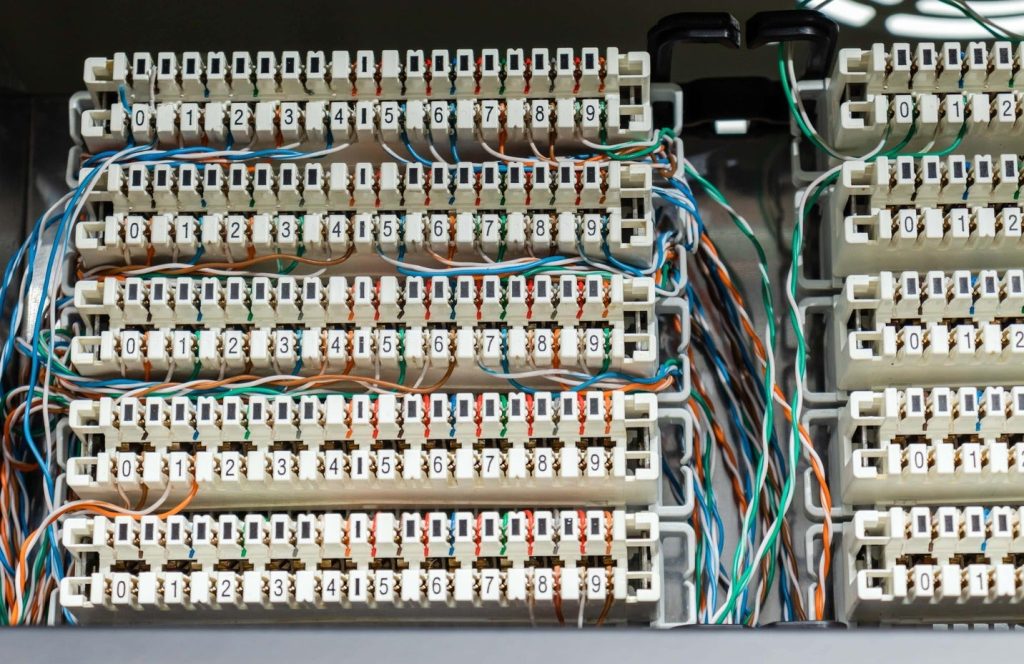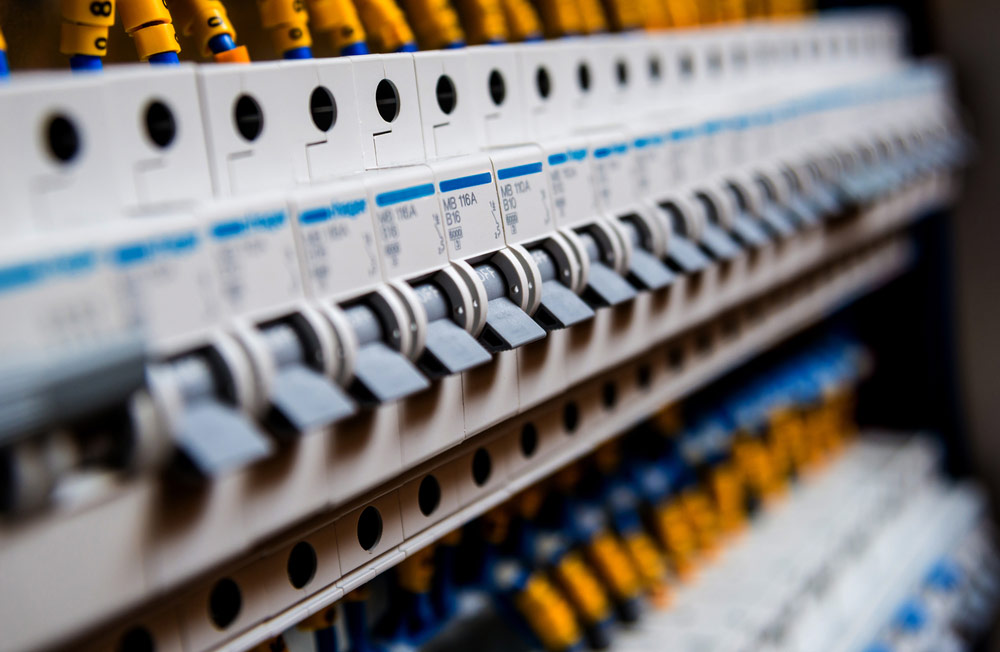The term “switchboard” conjures up images of bustling workplaces, operators with headsets, and the satisfying click of connecting calls. While the traditional switchboard has largely been replaced by digital technologies, the concept of a central hub for communication remains relevant and continues to evolve in exciting ways.

From Manual to Digital: A Historical Journey
The first switchboards, developed in the late 19th century, were manual marvels of human ingenuity. Operators physically connected wires to route calls, requiring dexterity, patience, and excellent communication skills. These early switchboards played a pivotal role in the development of modern communication infrastructure.
As technology advanced, so did switchboards. Electromechanical and then electronic systems replaced manual operation, enabling faster and more efficient call routing. These advancements paved the way for the widespread adoption of telephones in homes and businesses.
The Modern Switchboard: Beyond Voice Calls
Today, the term “switchboard” has expanded beyond its traditional telephony roots. Modern switchboards can handle a diverse range of communication channels, including:
- Voice calls:Traditional voice calls remain a core function, but modern switchboards offer features like call forwarding, voicemail, and conferencing.
- Video calls:The rise of video conferencing has made video calls a popular communication tool. Modern switchboards can integrate seamlessly with video conferencing platforms, allowing for easy call initiation and management.
- Data:Businesses increasingly rely on data communication for various applications. Modern switchboards can handle data traffic, ensuring efficient and secure transmission.
- Messaging:Instant messaging and other messaging platforms have become essential communication tools. Modern switchboards can integrate with these platforms, providing a central hub for managing all communication channels.

The Future of Switchboards: Intelligent and Connected
The future of switchboards is bright, with advancements in artificial intelligence (AI) and machine learning (ML) poised to further transform communication. AI-powered switchboards can:
- Automatically route calls:Based on caller ID, time of day, or other factors, AI can intelligently route calls to the most appropriate recipient, improving efficiency and customer satisfaction.
- Personalize the experience:AI can personalize the caller experience by offering self-service options, providing relevant information, and directing calls to the most qualified agent.
- Enhance security:AI can detect and prevent fraudulent calls, protecting businesses and individuals from cyber threats.
As technology continues to evolve, switchboards will become even more intelligent, connected, and adaptable. They will play a crucial role in ensuring seamless and secure communication across various channels, empowering businesses and individuals to connect and collaborate more effectively.
لا تعليق